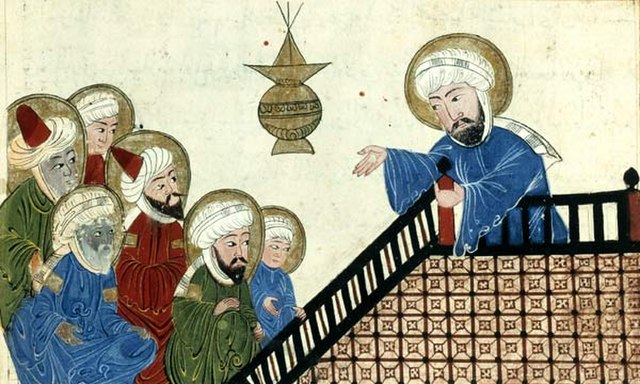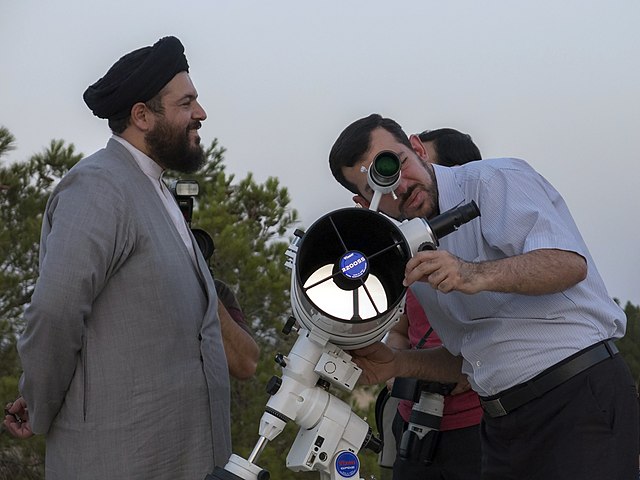The Solar Hijri calendar is a solar calendar and one of the various Iranian calendars. It begins on the March equinox as determined by the astronomical calculation for the Iran Standard Time meridian and has years of 365 or 366 days. It is the modern principal calendar in Iran and Afghanistan and is sometimes also called the Shamsi calendar and Khorshidi calendar. It is abbreviated as SH, HS or, by analogy with AH, AHSh.
A Solar Hijri calendar of year 1383 SH showing the second month of Ordibehesht (thus April–May 2004; see conversion table below). The months' name comes from the Avestan word for Asha.
A Persian-language contract published in Tehran on 14 April 1910, which used Lunar Hijri calendar
The Hijri calendar, or Arabic calendar also known in English as the Muslim calendar and Islamic calendar, is a lunar calendar consisting of 12 lunar months in a year of 354 or 355 days. It is used to determine the proper days of Islamic holidays and rituals, such as the annual fasting and the annual season for the great pilgrimage. In almost all countries where the predominant religion is Islam, the civil calendar is the Gregorian calendar, with Syriac month-names used in the Levant and Mesopotamia but the religious calendar is the Hijri one.
Islamic calendar stamp issued at King Khalid International Airport on 10 Rajab 1428 AH (24 July 2007 CE)
Illustration of Muhammad prohibiting Nasī'. Found in an illustrated copy of Al-Biruni's The Remaining Signs of Past Centuries (17th-century copy of an early 14th-century Ilkhanid manuscript).
Muslim clerics observe the moon.
Civil and Hijri establishment dates of a library in Old City, Jerusalem






